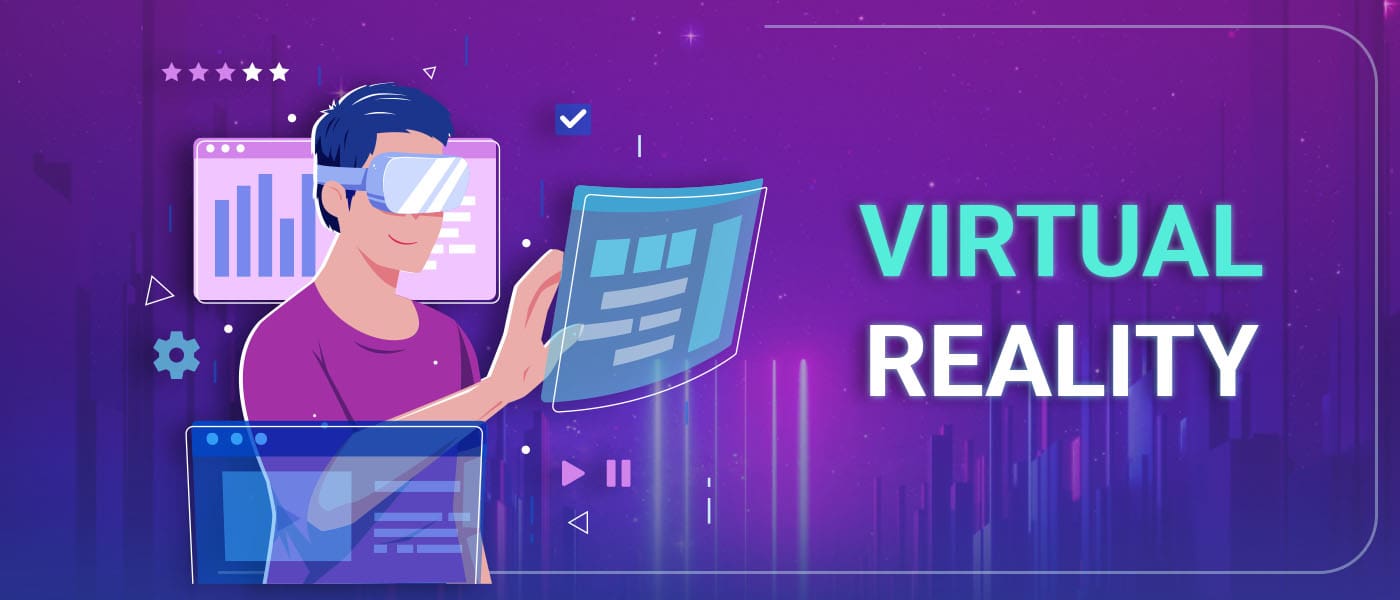Virtual reality is the new age technology taking the world by storm. One might confuse augmented reality with virtual reality, but they are far different from the other. In augmented reality, you take the real-world setting, in virtual reality, the setting is around the virtual world. While both technologies work in headset, but AR can also work in a smartphone. In augmented reality, users need to be aware of their surroundings to control their presence; in virtual reality, users don’t have control. It is controlled by the VR system.
Today, we’d discuss VR, aka virtual reality.
This technology offers computer-generated environment with a setting that actually appears almost real. It can be through objects, scenes and others. With VR, users are taken to an imaginative world as the technology offers three-dimensional interactive imaging. The true elements of a virtual reality experience are the virtual world, interactivity, immersion, sensory feedback and others.
The immersive VR system runs with the motion tracking control system.
It can simulate the real spaces in organizations for complete safety. Do you know that virtual reality can also be used in conducting interviews?
It can further help in holding meetings, giving tours and reducing the overall costs. With time, an increasing number of organizations would start adopting virtual reality for seamless interaction.
Virtual reality and cameras:
The cameras in virtual reality are used for creating VR photography. The videos that are used here are 360-degree videos. The specialty of using those videos is that color and contrast is made in contrasting effect to other, thus making each shot attractive.
These 360-degree cameras have double lenses that can accommodate an absolute angle. This thus gives a clear picture and the right combination of images.
Real-time examples of virtual reality:
Some of the real-time examples of virtual reality in different sectors are Walmart. The organization has put around 17000 Oculus Go headsets for training employees in this technology.
Other examples that you can see are in fashion industry. The brands such as Coach, Tommy Hilfiger and Gap offer an immersive and a complete 360-degree view of the fashion shows. In this process, all the customers can try on their clothes and that too virtually.
In the current scenario, if we talk about virtual reality in education sector, there is too much scope. The pandemic has led many institutions on the path to online education.
What are benefits of virtual reality in education sector?
Virtual reality educational applications could prove helpful for students and tutors alike. The virtual reality headsets such as Google cardboard could take online classes to next level. Students can visualize subjects that are taught theoretically.
It’s just human nature; when they see or implement the lessons learned, they could memorize them easily. They start understanding and grasping power improves significantly.
Some educational institutions such as Airlington Science Focus School has been using virtual reality to take students on virtual trips to museums. It could be a useful experience for the students, as they feel like stepping inside museum and getting first-hand tours.
The advantages it has are:
- It improves recall
- It offers an enjoyable experience
- It offers realistic surroundings and instances
- It simplifies complex problems
- It can offer training remotely
- It saves money as well as time
The disadvantages of virtual reality are:
- It doesn’t make the right human connections
- It lacks flexibility
- Sometimes virtual reality headsets can cause eye fatigue, as people tend to brink less.
Yes, as we know, technology makes your life easier, but the downside of virtual reality in education sector is it eliminates one-to-one human connections, which isn’t good in the long run. But overall, the technology seems to improve educational value. Impressive visualization helps develop interest among the students that aren’t interested in a specific subject. If we take the example of education in pre-school, most of them need visual elements to learn a subject; virtual reality helps in such cases. It gives artistic inclination that these kids find it pleasing to learn.
Educators need to strike balance, of how much they want to provide virtual reality training and human interaction for a holistic learning process.
Virtual reality in different industries:
It can be used in industries such as sport, education, medical training, fashion and others. If we take the example of automotive industry, one can see established brand such as Jaguar Land Rover that is extensively using virtual reality for their designing purpose. It shows how virtual reality is gradually but surely getting integrated into processes of many organizations.
And nobody can dismiss the importance of virtual reality in entertainment industry; it improvises the experience of audience to the next level. The virtual reality Disney Movies is one such example where the audience is taken for an interview with Jungle Book cast. In sports also, there are companies like LiveLikeVR that enable sports viewing experience on mobiles with the help of virtual reality.
Conclusion:
Virtual reality would bring about huge changes in all sectors. So, every organization should be ready for this significant transition in coming years.

